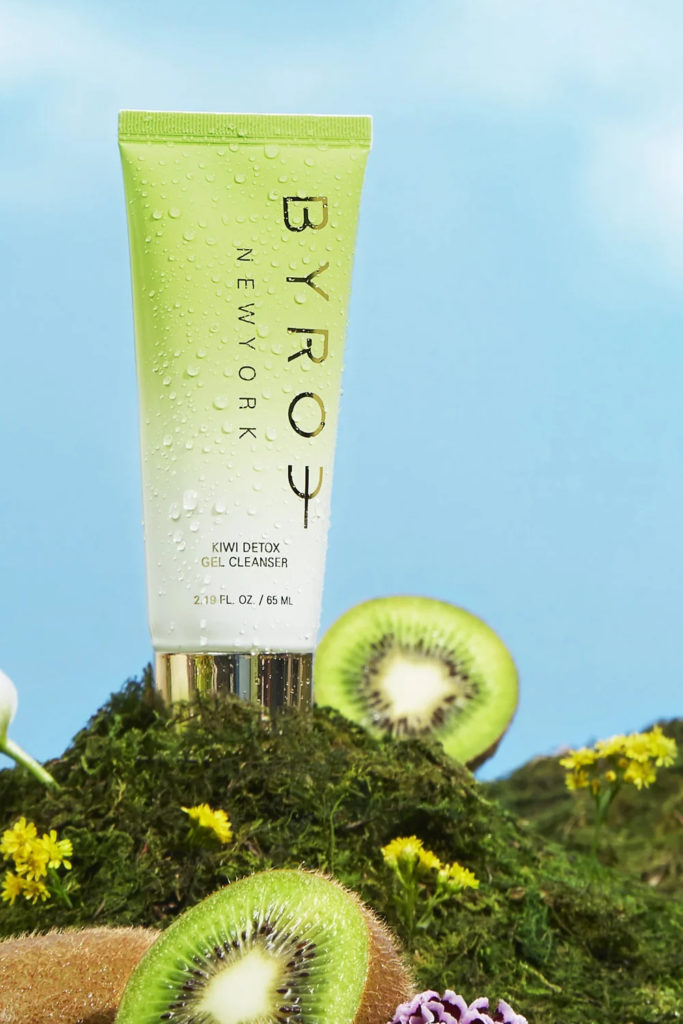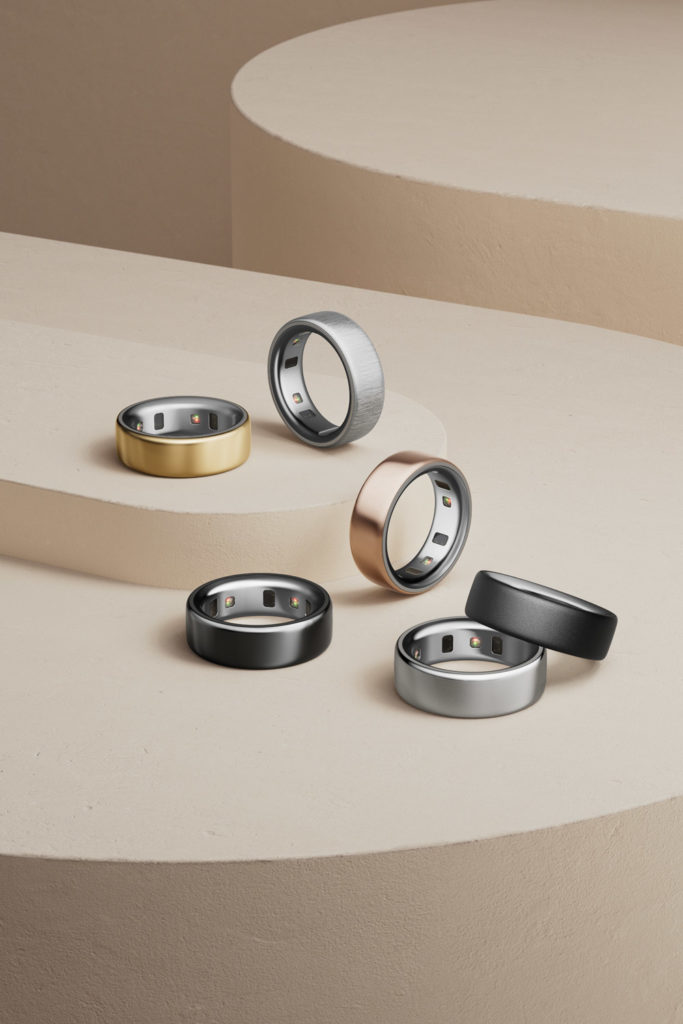What Is Perioral Dermatitis? A Guide To Treating The Skin Condition
By
2 years ago
Suffering from red, scaly skin on your face? Read this.

Are you being troubled by red, flaky skin on your face? This common skin condition may be the cause. Perioral dermatitis is a common skin condition that causes red spots, pustules, scaling, and redness around the mouth, nose, and eyes. So how do you deal with it? Dr Sam Bunting answers all our questions.
What is Perioral Dermatitis?
‘Perioral dermatitis is a benign eruption consisting of small inflammatory papules and pustules or pink, scaly patches around the mouth,’ says Dr Sam. ‘Although the perioral region is the most common area of distribution, this disease also can affect the periocular and paranasal skin.’
How can it be diagnosed and what are the common misdiagnoses?
‘I’m seeing an increasing number of patients presenting with this troublesome facial eruption because it’s frequently misdiagnosed,’ she says. ‘The typical scenario is a female (like melasma, only about 10 percent of sufferers are men) who has spots near the mouth – within the nose-to-mouth creases and around the chin. This has a very classic appearance – lots of tiny bumps that look the same, often joining up – but they tend to spare the skin directly next to the lip edge. The skin may be dry and flakey. The bumps on the chin are what tend to lead to the misdiagnosis of acne, as it bears similarity to the distribution of adult female-pattern acne. It can also appear around the eyes (and is then termed periorificial dermatitis) and if severe, spread onto the cheeks. Importantly, clogged pores or comedones are not a feature; this is one of the key features that distinguishes it from acne. It can also be misdiagnosed as a type of facial eczema called seborrhoiec dermatitis. And it may also be confused for rosacea.’
‘No-one really knows what causes this annoying problem – it may be primarily an issue of the skin barrier, as we saw lots of it during the pandemic secondary to mask-wearing,’ she says. ‘Certainly, the “wrong” type of skin care aggravates it as do topical steroids. Toothpaste is also often an aggravating factor.’
What is the best treatment?
‘When someone presents with this, the first thing I do is to suspend the current skincare regime (and frequently impose a make-up cull),’ says Dr Sam. ‘If topical steroids are part of the issue, occasionally things get worse before they get better, but stopping them is absolutely essential. I ask patients to use a gentle non-foaming cleanser – Flawless Cleanser is perfect. They’ll also need a simple moisturiser to help repair any skin barrier dysfunction. Ceramides are a helpful ingredient here – find them in Flawless Moisturiser Light. I also recommend an all-mineral sunscreen, like Flawless Gossamer SPF50.’
Are the ingredients to reach for or avoid?
‘Avoid anything that’s unhelpful and potentially irritating – so skip ingredients like fragrance and essential oils.’
How can you prevent it? Or minimise it?
‘The best ingredient for perioral dermatitis is azelaic acid. This is powerfully anti-inflammatory and helps reduce skin reactivity over time.’
Read more about this ingredient in our guide to azelaic acid.
Anything else we should know about Perioral Dermatitis?
‘It can recur – so stick to a preventative routine based on the above steps as part of your maintenance strategy,’ says Dr Sam. ‘When adding anything new to your routine, do so one new product at a time, so you can determine if it’s having a negative impact on your skin.’






